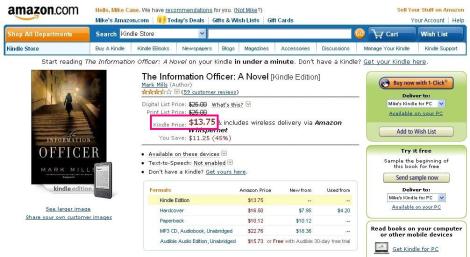At the beginning of September I made a pledge to myself to cut back on marketing, step up my writing, and see what effect this had on my sales. So how did I do?
Well, I wasn’t completely successful in terms of writing. A trip, a cold, several sets of papers to grade became useful excuses not to write, but I did write 2,000 more words, and have 5 chapters of Uneasy Spirits, my sequel to Maids of Misfortune, completed. More importantly, I am much more engaged in the process of writing. For those of you who have read my earlier posts, you know that I wrote the first draft of Maids of Misfortune 20 years before I actually published it.
Well, I also outlined the plot of Uneasy Spirits many years ago, so it has taken me awhile to reacquaint myself with that plot. (This is a good point for outlines-without that outline I suspect much of the plot would have been lost to me in those intervening years.) While I haven’t written a lot this month, I have spent hours each day fleshing out existing characters, creating new ones, researching historical details, deciding where in the San Francisco of 1879 everyone was living, and getting excited about being back in that world, creating again. Time well spent.
Time I now had because I stuck to my plan to limit the amount of time I spent marketing. I only checked my list of updated blog postings on GoogleReads in the early mornings and late evenings. I still commented on posts occasionally-finding that particularly early in the morning I might find a posting that had been made over night where I could be one of the first commentators. I also wrote to a few bookstores in
However, what I didn’t do this past month was obsessively check all the reader sites (like GoodReads and Kindle Boards) and writer sites (like Absolute Write) every day, looking for a reason to comment. I rarely tweeted or updated facebook, and I didn’t post on my blog, The Front Parlor, at all. And yet my sales numbers went up.
In August, I sold on average 11 books a day, for a total of 332 books sold. In September, when I limited my marketing endeavors, I sold on average 13 books a day, with a total of 441 books sold.
Why do I think this happened (less marketing, more sales?) Well, one reason is that 75% of the books I sold, were sold on Kindle, and this has kept me continuously at number one in the historical mystery best-seller list on Kindle. So, if a person is looking for an historical mystery on Kindle, they can’t help but discover my book. In addition, since I continue to have a 85-90 % sell through rate (ie if a customer clicks on my product page they go on to buy the book), finding my book seems to mean they will buy it, which keeps it at the top of the list of best sellers. Which means that it continues to be found-without me doing any additional marketing. The question becomes, does this mean the book now will simply sell itself?
If the market for my book was limited, the answer would be no. For example, if all the people who liked historical mysteries, and owned Kindles, were a finite number, eventually that market would be saturated, and my sales would begin to drop. However, since by most accounts, ebooks are the fastest growing sector of books (see for example http://bit.ly/9QyPre), and Kindle still has about 90% of ebook sales (see http://bit.ly/aUtG1t), then the potential market for my book should continue to rise as well. If so, the answer to my question should be yes. My sales should at least remain steady, and perhaps actually rise, without any additional marketing on my behalf.
Does this mean I am going to abandon all marketing? Of course not. For example, Amazon ended the discount on my print book this month (heaven only knows why), and my print sales dipped. So, I will continue work to keep my name and my book out there on the internet, and I will accelerate my foray into bookstores, albeit in a very targeted manner. (Once again I am struck by the benefits of being a self-published author. If traditionally published, with the book having been out for over ten months, unsold copies of my book would have been sent back to the publisher, and it would be way too late for me to try to enter the bookstore market.)
But more importantly, I now have the confidence to focus the bulk of my energies on completing the next book and writing some additional short stories, and one of the clear lessons I have learned from authors like JA Konrath, is that the most successful marketing strategy is expanded content. Besides, despite the constant refrain that to be a successful author you need to be a successful marketer, writing stories is why I became involved in this endeavor in the first place.
So what do you think? Can a ebook and pod book, by a self-published author, get to the point where it sells itself?
This is a reprint from M. Louisa Locke‘s The Front Parlor.

 Authors can upload a Word, html, or PDF file, which Amazon reformats as mobi file. Or authors can create their own mobi files to upload. The book’s cover must be included in the file.
Authors can upload a Word, html, or PDF file, which Amazon reformats as mobi file. Or authors can create their own mobi files to upload. The book’s cover must be included in the file.





